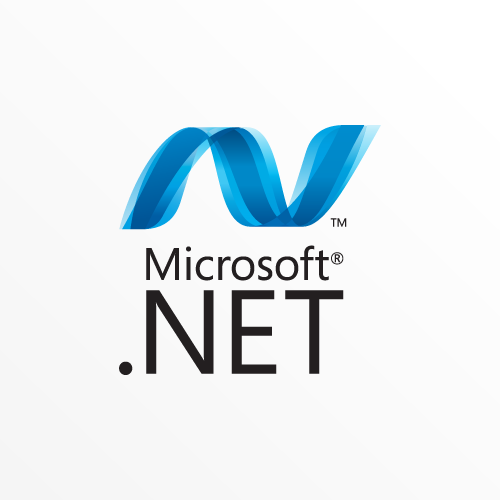Objectives
• Describe the Microsoft Web Technologies stack and select an appropriate technology to use to develop any given application.
• Design the architecture and implementation of a web application that will meet a set of functional requirements, user interface requirements, and address business models.
• Create MVC Models and write code that implements business logic within Model methods, properties, and events.
• Add Controllers to an MVC Application to manage user interaction, update models, and select and return Views.
• Create Views in an MVC application that display and edit data and interact with Models and Controllers.
• Run unit tests and debugging tools against a web application in Visual Studio and configure an application for troubleshooting.
• Develop a web application that uses the ASP.NET routing engine to present friendly URLs and a logical navigation hierarchy to users.
• Implement a consistent look and feel, including corporate branding, across an entire MVC web application.
• Use partial page updates and caching to reduce the network bandwidth used by an application and accelerate responses to user requests.
• Write JavaScript code that runs on the client side and utilizes the jQuery script library to optimize the responsiveness of an MVC web application.
• Implement a complete membership system in an MVC web application.
• Build an MVC application that resists malicious attacks and persists information about users and preferences.
• Describe how to write a Microsoft Azure web service and call it from and MVC application.
• Describe what a Web API is and why developers might add a Web API to an application.
• Modify the way browser requests are handled by an MVC application.
• Describe how to package and deploy an ASP.NET MVC web application from a development computer to a web server for staging or production.
• Design the architecture and implementation of a web application that will meet a set of functional requirements, user interface requirements, and address business models.
• Create MVC Models and write code that implements business logic within Model methods, properties, and events.
• Add Controllers to an MVC Application to manage user interaction, update models, and select and return Views.
• Create Views in an MVC application that display and edit data and interact with Models and Controllers.
• Run unit tests and debugging tools against a web application in Visual Studio and configure an application for troubleshooting.
• Develop a web application that uses the ASP.NET routing engine to present friendly URLs and a logical navigation hierarchy to users.
• Implement a consistent look and feel, including corporate branding, across an entire MVC web application.
• Use partial page updates and caching to reduce the network bandwidth used by an application and accelerate responses to user requests.
• Write JavaScript code that runs on the client side and utilizes the jQuery script library to optimize the responsiveness of an MVC web application.
• Implement a complete membership system in an MVC web application.
• Build an MVC application that resists malicious attacks and persists information about users and preferences.
• Describe how to write a Microsoft Azure web service and call it from and MVC application.
• Describe what a Web API is and why developers might add a Web API to an application.
• Modify the way browser requests are handled by an MVC application.
• Describe how to package and deploy an ASP.NET MVC web application from a development computer to a web server for staging or production.





